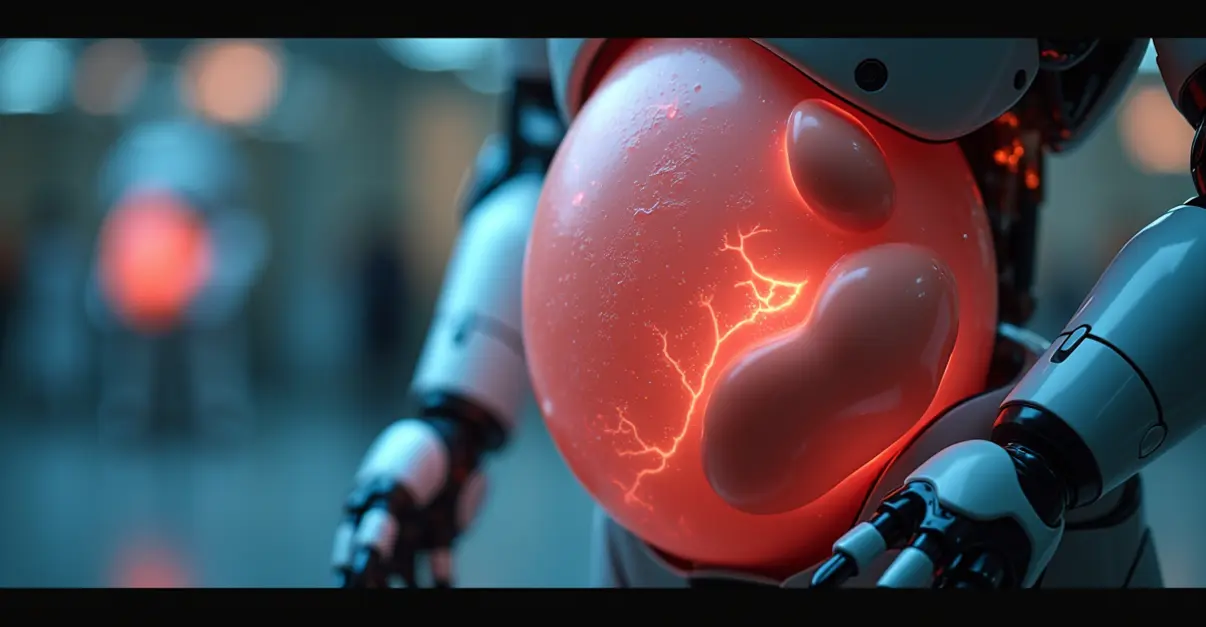Chinese company Kaiwa Technology develops pregnancy robot with artificial womb, targeting 2026 prototype to help infertile couples at lower cost than surrogacy, sparking global ethical debate.

Revolutionary Pregnancy Robot Technology Unveiled
Chinese technology company Kaiwa Technology from Guangzhou has announced groundbreaking plans to develop a humanoid robot capable of carrying and delivering a baby through an integrated artificial womb system. The company presented its ambitious project during the World Robot Conference in Beijing, targeting a prototype by 2026.
Technical Specifications and Functionality
The pregnancy robot features an advanced artificial uterus containing a specialized fluid that mimics amniotic fluid. Through an abdominal tube functioning as an artificial umbilical cord, oxygen and essential nutrients are delivered directly to the developing fetus. "The technology behind the artificial womb has reached a mature stage," stated Dr. Zhang Qifeng, founder of Kaiwa Technology, in an interview with New York Post.
Addressing Fertility Challenges
Kaiwa Technology positions this innovation as a potential solution for infertile couples who cannot access traditional IVF treatments or surrogacy options. With an estimated market price below 100,000 yuan (approximately $14,000 or €12,000), the robot would be significantly more affordable than surrogacy services in the United States, which can cost up to $200,000.
Ethical and Societal Implications
The announcement has sparked intense global debate. While some see it as a blessing for millions struggling with infertility, others express concerns about machines replacing the human experience of pregnancy. Feminist thinkers warn that such technology could potentially displace women's role in reproduction.
On Chinese social media, reactions range from hopeful comments by couples with limited options to outrage from those calling the concept "unnatural" and "creepy." The Guangdong province is already discussing legislation to regulate the application of artificial wombs in robots.
Demographic Challenges and Future Outlook
Dr. Zhang emphasized that the technology aligns with China's demographic challenges, where birth rates are declining while aging populations increase. "We want to contribute to solving both personal and demographic problems," he told New York Post. However, significant technical hurdles remain, including fertilization, implantation, and actual birth processes, along with the need for comprehensive legal and ethical frameworks.
Source: New York Post

 Nederlands
Nederlands English
English Français
Français Deutsch
Deutsch Español
Español Português
Português







